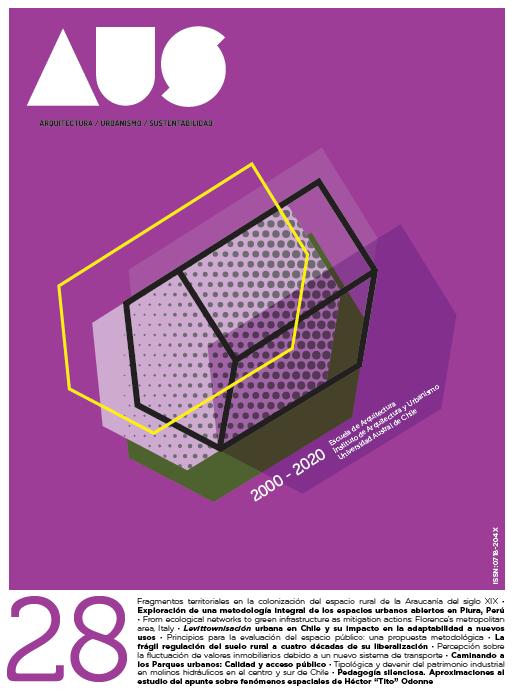Typology and evolution of the industrial heritage of watermills in south-center Chile
Main Article Content
Abstract
Chilean watermills can be found between the O`Higgins Region and the Chiloe Archipelago. After many years of intensive production, these unique tokens of industrial heritage deserve special consideration. In addition to being used for milling grains, with time they have gained deep-rooted cultural and socioeconomic significance for the towns that house them, as they share certain local meanings, values, symbols, and traditions. However, many of them are damaged and abandoned, impeding adequate conservation and concealing their tangible and intangible values. At present, Chilean watermills have a new opportunity to become objects of admiration and outreach through heritage tourism, which explicitly focuses on emphasizing heritage that has not been legally recognized.

